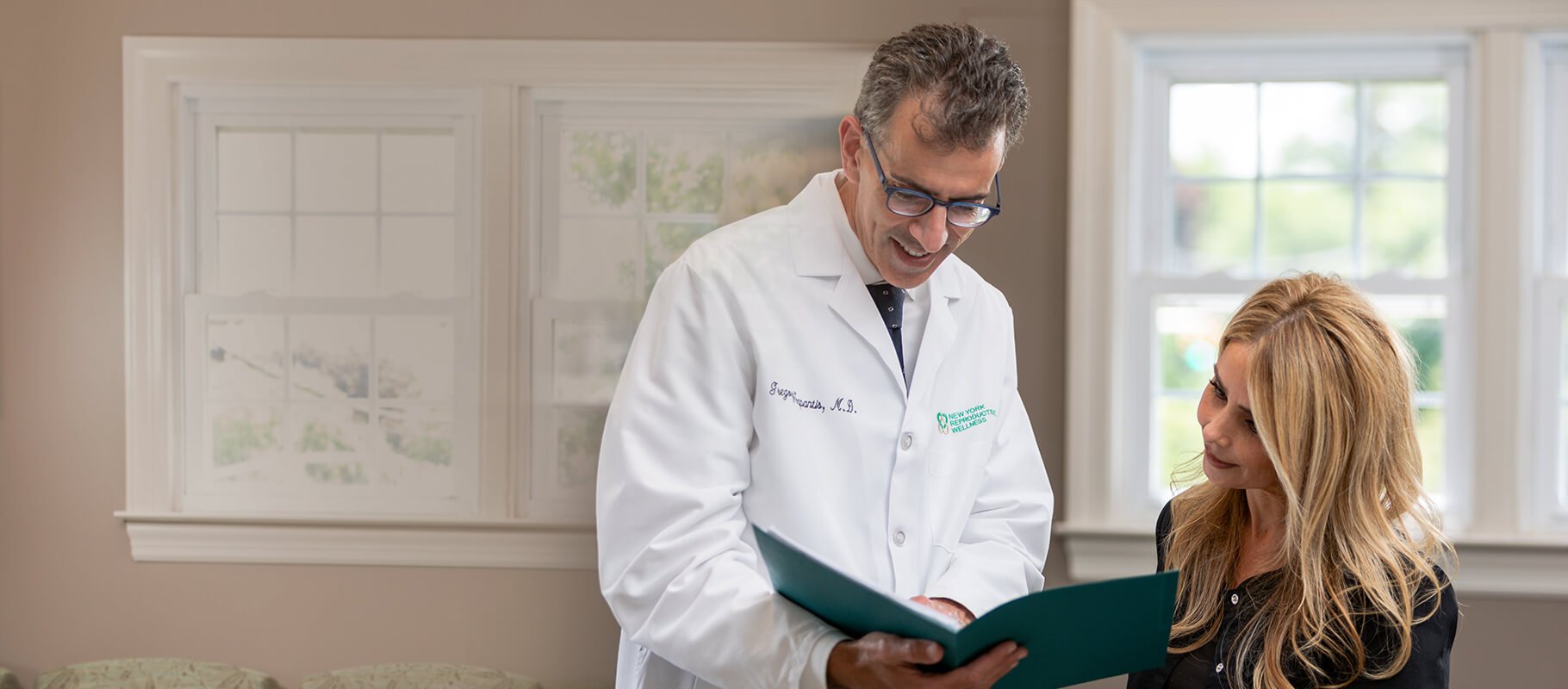How Effective Are Fertility Treatments?

According to the Department of Health and Human Services, 12 to 13 percent of couples experience infertility, which is defined as a failure to achieve a pregnancy after one year of trying. A third of infertility cases are attributed to women, while a third are linked to men. Another third may be due to both partners, or an exact cause is not determined.
Fortunately, several assisted reproductive technology (ART) techniques can help couples conceive a child. Depending on the method used, success rates rise to nearly 50 percent.
Primary ART options include intrauterine insemination (IUI), in-vitro fertilization (IVF), and ovulation induction. Here’s what couples need to know about the effectiveness of each.
Fertility Treatments and Success Rates To increase their chances of becoming pregnant, women may be given injectable fertility drugs called gonadotropins. This treatment contains hormones normally released by the pituitary gland at the beginning of the menstrual cycle. As the woman nears ovulation, gonadotropins push the egg to maturity so it can be released into the womb.
Working with her doctor, a woman times the injection with her cycle to ensure an egg is released. Blood tests and ultrasound exams assess her hormone levels to prevent overstimulation of the ovaries. Gonadotropins are most effective in conjunction with IUI and IVF, as success rates when used alone are comparatively low.
In an IUI procedure, semen from the male partner is injected into the woman’s uterus. One study found the cumulative success rate for three IUI cycles reached 39.2 percent. If three IUI cycles fail to produce a pregnancy for women under 40, couples are advised to undergo IVF.
Statistically, IVF is a more effective fertility treatment than IUI. However, the success of IVF hinges not only the woman’s age, but whether the egg is retrieved from the mother or a donor. IVF begins when a specialist extracts an egg and fertilizes it with the semen of the father. The fertilized egg grows into an embryo that is then implanted into the mother’s womb.
The Centers for Disease Control and Prevention report a pregnancy rate of 26.3 percent for non-donor eggs, or eggs retrieved from the mother. That percentage jumped to 44.8 percent when donor eggs were used. Undergoing multiple IVF cycles increases the odds of success.
Again, age is an important factor. When embryos from fresh donor eggs were implanted, women aged 30 to 40 delivered a baby more than 60 percent of the time. The rates ranged from 50 percent to 20 percent when non-donor eggs were used.
Helping to Build Your Family If you’re struggling with infertility, don’t give up hope. At New York Reproductive Health, we’ll perform a series of diagnostic tests to discover the cause and determine effective treatment options.
We offer a variety of fertility treatments to make your dreams of starting a family come true. Our staff understands how difficult infertility can be, and it’s our mission to help you and your partner conceive a child. Contact us today for a consultation.







